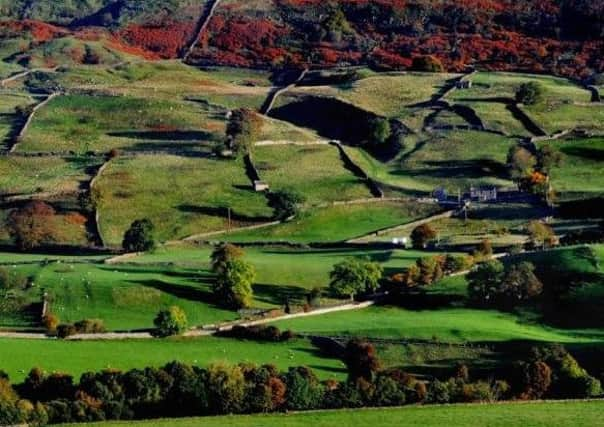Big cohort of commoners among the first to get farm payments


Commoners were among the groups of farmers who were most disadvantaged by the delays to and mispayments of 2015 Basic Payment Scheme money.
Industry leaders accused the RPA of putting commoners at the back of the queue, along with farms which had inspections and others operating across borders - owing in part to the more complicated process of accurately mapping their land.
Advertisement
Hide AdAdvertisement
Hide AdThe Agency has repeatedly pledged a far superior delivery of payments in the 2016 payments round which opened on December 1, and this week it revealed it had exceeded its target of paying 90 per cent of all farmers by the end of December.
Some 91 per cent of farmers have been paid, compared to just under 51 per cent in December 2015, with the RPA reporting that a range of claim types and sizes had been settled, including young farmers, those inspected and farmers of common land.
In early December, MPs on the parliamentary Environment, Food and Rural Affairs Select Committee warned the Agency’s chief executive Mark Grimshaw that they were “holding the RPA’s feet to the fire” to ensure farmers get paid on time.
Advertisement
Hide AdAdvertisement
Hide AdBetween Christmas and the New Year, farming groups including the Foundation for Common Land, the National Farmers’ Union and the Central Association of Agricultural Valuers met senior RPA staff to monitor the Agency’s progress.
Julia Aglionby, executive director of the Foundation for Common Land, said she had been informed that more than 70 per cent of commoners had been paid, though at the time of going to press the RPA told Country Week that the figure had since grown to more than 75 per cent.
Advertisement
Hide AdAdvertisement
Hide AdMs Aglionby said: “The RPA has made substantial progress paying commoners, informing us over 70 per cent of commoners have now received a 2016 BPS payment based on the control data they currently hold in their system.
“The next phases is to update the control data on common land and then make further payments where required.”
An RPA spokesperson told Country Week: “Over three-quarters of eligible BPS 2016 claims containing a common land element have received a payment.”
Despite the improved performance, Ms Aglionby insisted the Agency still has much work to do.
Advertisement
Hide AdAdvertisement
Hide Ad“We are aware that many hundreds of commoners are still awaiting their 2016 payment and or their top-up for 2015 BPS,” she said, adding: “We continue to press the RPA to keep to the timetable they provided to the EFRA Committee that the 2015 corrections will be completed by the end of January 2017.”
Paul Caldwell, operations director at the RPA, said: “We understand how important these payments are to farmers, and are in regular discussion with the Foundation for Common Land and other key stakeholders, as we deliver our commitment to make sure that payments for commons claims are made as quickly as possible.”
THe National Farmers’ Union said it would be keeping up the pressure on the Rural Payments Agency to ensure the final payments were made in good time.
Richard Wordsworth, the union’s Basic Payment Scheme advisor, said: “Working with the RPA, we have achieved a better outcome for many to this point.
Advertisement
Hide AdAdvertisement
Hide Ad“The work is however not finished and we will continue to work with RPA and fellow stakeholders to achieve remaining 2016 payments being issued and remaining retrospective payment adjustments to be made.”
RPA chief Mark Grimshaw has previously said he expects that 93 per cent of farmers will be paid by the end of March 2017.